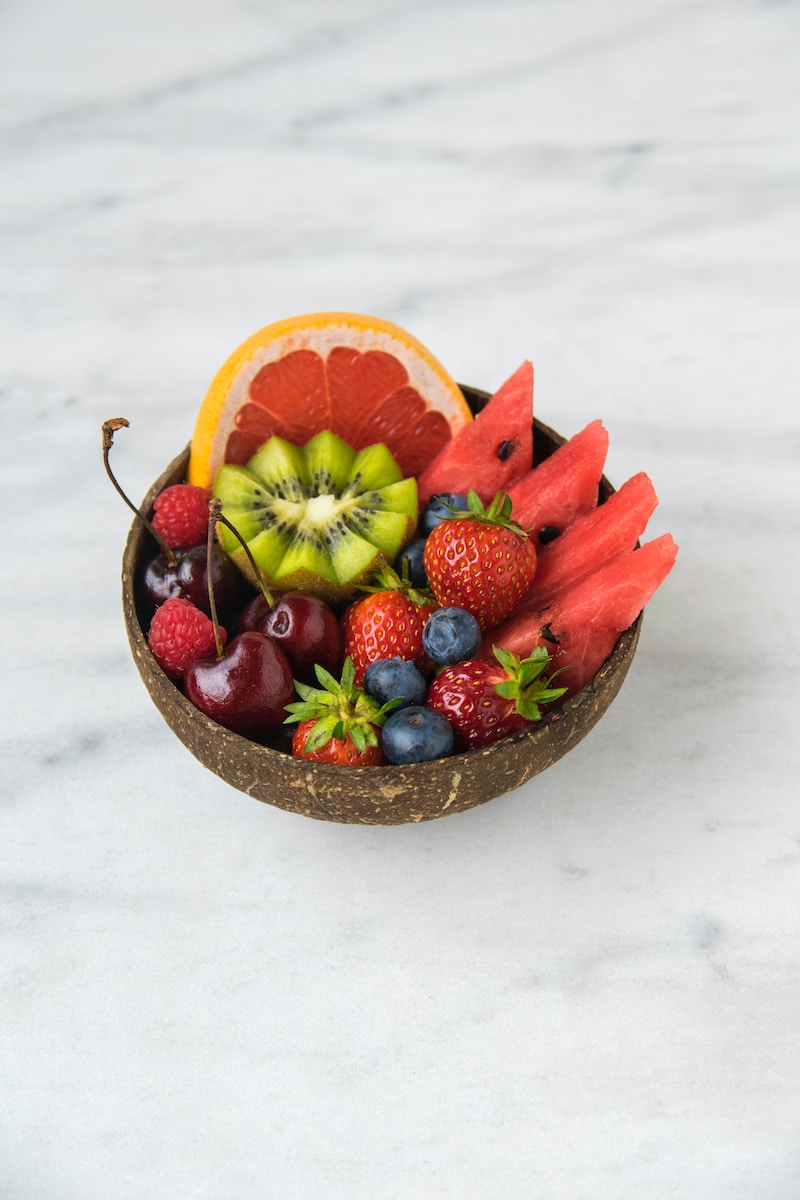Story of the month
Today’s food packaging ecosystem is highly dysfunctional with major drawbacks being it is single-use, bad for the environment and contains chemicals harmful to our health. The list continues but the negative aspects of packaging are outweighed by its convenience, preservation qualities and cost advantages. Regulations are now kicking in and are becoming more and more stringent, especially in the EU. But what if a new category of products could reconcile both worlds? In this month’s Fund Insight we are going to deep dive into the so called “Smart packaging” category. This is the more dynamic and fast-moving space with a broad range of innovative forward-looking products, one of which has already achieved ‘unicorn’ status (Apeel). Here are a few sub- categories which we are following closely.
BIOCOATINGS
Perhaps the most exciting company in this report is Apeel, which aims to reduce the use of plastics through the application of a spray made up of naturally occurring glycerolipids (found in plants) onto fruits and vegetables. This spray slows down the ripening process and naturally prolongs the shelf-life of products. The coating is edible, but often removed from the fruits and vegetables when they are peeled open to be consumed (avocados, bananas, mandarins etc.). Apeel claims that 44 million pieces of fruit have been saved from waste since it launched in 2012. While these remain less cost-effective than plastics, their development accelerates yearly as regulation becomes more stringent and innovation is encouraged. The word economic forum has estimated that food waste costs the world $2.6 trillion each year.
SENSORS
When we consider the food in our fridge which is most commonly thrown away, meat often comes to mind because of its short fridge shelf life. One innovative solution to packaging and especially unnecessary wastage, has been presented by Innoscentia. This Swedish startup is developing sensors that detect the amount of gas which is emitted by bacteria within packages in order to show whether they are expired or not. As the growth curve of these gases is predictable, the ink in the package changes its colour accordingly to show the amount of bacteria and whether it has surpassed the safety limit for edibility. Their ultimate goal is to eradicate the expiry date, reducing unnecessary waste. The greatest shortfalls for the adoption of such developments, however, are the obvious regulatory and behavioural implications. On the other hand, the potential reduction in food waste and carbon emissions they present are perhaps the most significant.
EDIBLE PACKAGING
In a rather cyclical manner (every 3 years), edible packaging seems to re-emerge. Beyond the catering space, however, the current taste and practicality of such products has failed to convince consumers. The most common edible product has been the coffee cup, with a multitude of start-ups emerging (e.g. Cupfee and Good Edi). The market for such products is boundless as it is estimated that 1.5 billion disposable coffee cups are used daily around the world. However, we have found that edible products have so far been rather disappointing and do not view them as real contenders in the smart packaging environment. One exception is Notpla, a UK-based startup, that created a transparent biodegradable material made of seaweed which can store liquids. These pouches can be ‘popped’ in your mouth and the contents as well as the container swallowed. Perhaps the true solution when it comes to edible packaging, is thus for it to be tasteless so that it does not affect the taste of the product itself. The company has had some success in the sports food industry and their products were used in the London marathon to reduce the number of plastic energy pouches and water bottles used in races.
IN CONCLUSION
In conclusion, the food packaging sector is undergoing a major transformation that extends beyond traditional wrapping materials. Innovative solutions to reduce plastics and combat food waste are emerging, with some already proving successful. Key focus areas include extending the shelf life of products and providing alternatives to single-use plastics. Apeel stands out as a noteworthy example, successfully addressing both aspects simultaneously. As we move forward, it is crucial to keep a vigilant eye on pioneering companies that are revolutionizing the packaging industry.




